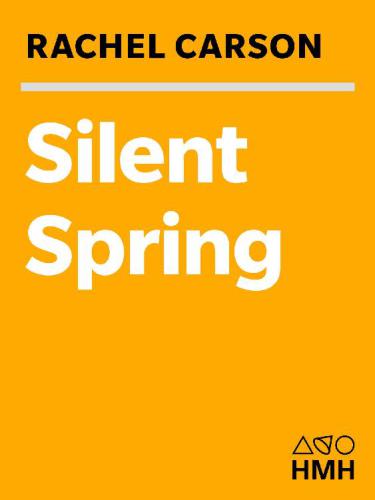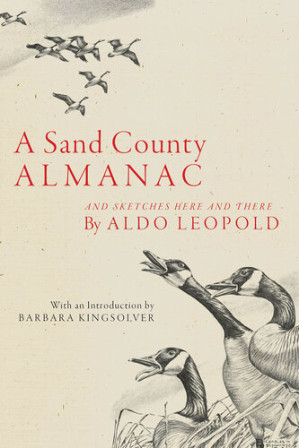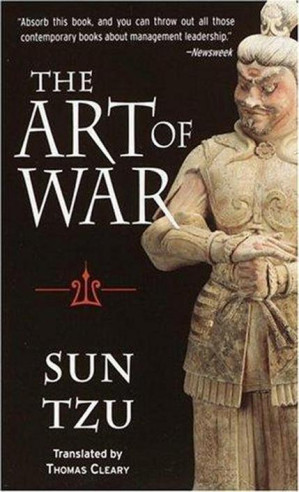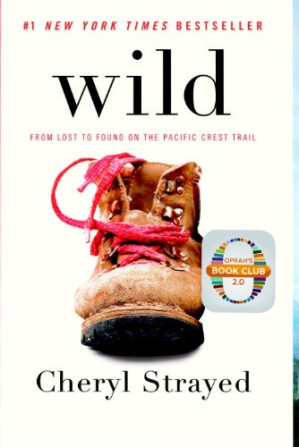Silent Spring was published in 1962 after four years of meticulous research by Rachel Carson, a marine biologist and nature writer. The book's title refers to a future spring without birdsong, caused by pesticide poisoning. Carson documented how synthetic pesticides, particularly DDT, were causing widespread ecological damage, including bird population collapses, fish kills, and potential human health risks including cancer.
The book faced fierce opposition from chemical companies, who launched massive public relations campaigns to discredit Carson and her work. However, her careful research and powerful writing resonated with the public and policymakers, leading to congressional hearings, the banning of DDT, and the creation of the modern environmental movement. President John F. Kennedy ordered his Science Advisory Committee to investigate Carson's claims, which largely confirmed her findings.





